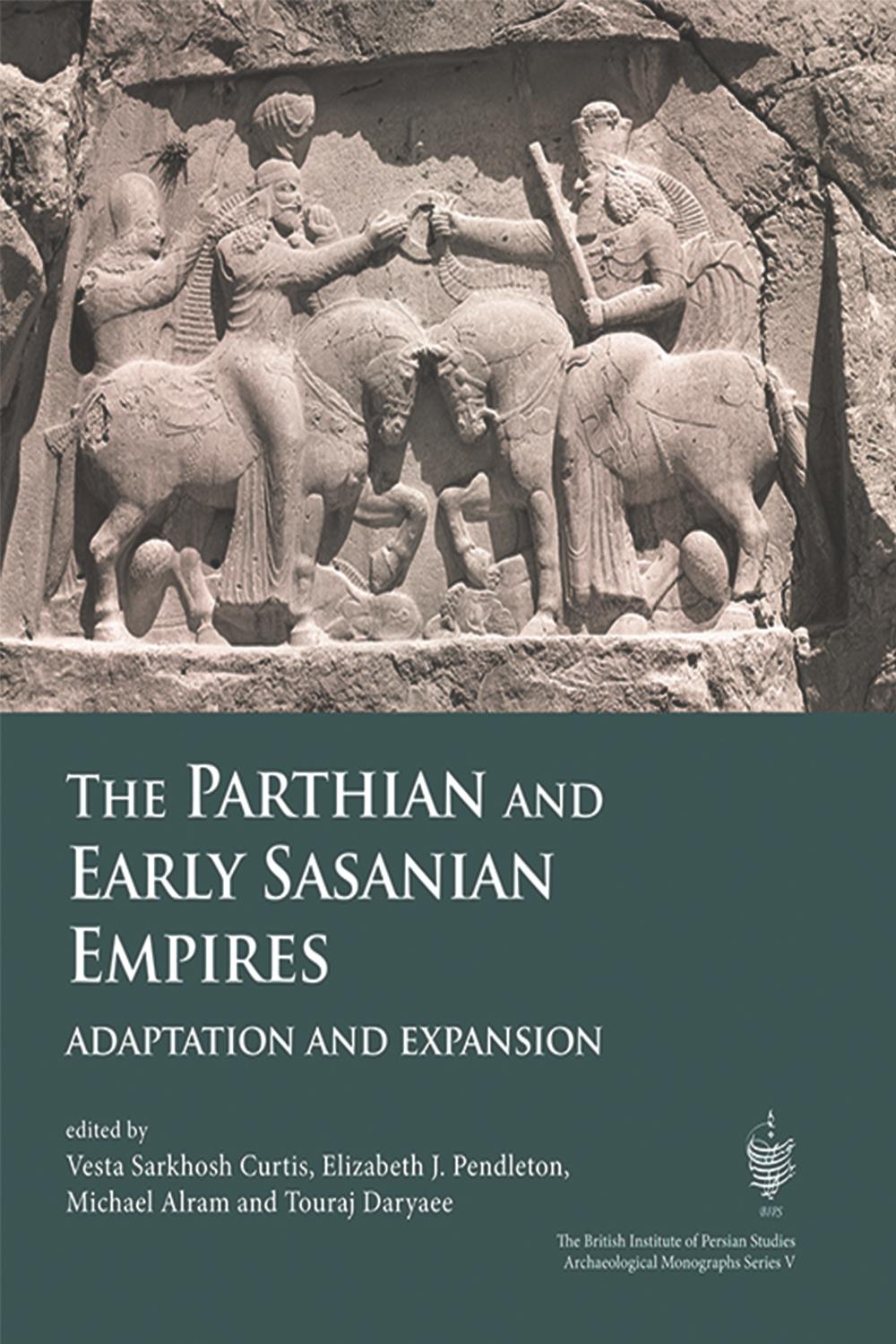Elizabeth A. Canuel, Hamid Lahijani, Sarah J. Feakins, Bernhard Aichner, Touraj Daryaee, Peter K. Swart, Erin Ferer-Tyler, Larry C. Peterson, Arash Sharifi, Abdolmajid Naderi Beni, Morteza Djamali, Ali Pourmand, Institut méditerranéen de biodiversité et d'écologie marine et continentale (IMBE), and Avignon Université (AU)-Aix Marseille Université (AMU)-Institut de recherche pour le développement [IRD] : UMR237-Centre National de la Recherche Scientifique (CNRS)
International audience; We present a high-resolution (sub-decadal to centennial), multi-proxy reconstruction of aeolian input and changes in palaeohydrological conditions based on a 13000 Yr record from Neor Lake's peripheral peat in NW Iran. Variations in relative abundances of refractory (Al, Zr, Ti, and Si), redox sensitive (Fe) and mobile (K and Rb) elements, total organic carbon (TOC), delta C-13(TOC), compound-specific leaf wax hydrogen isotopes (delta D), carbon accumulation rates and dust fluxes presented here fill a large gap in the existing terrestrial paleoclimate records from the interior of West Asia. Our results suggest that a transition occurred from dry and dusty conditions during the Younger Dryas (YD) to a relatively wetter period with higher carbon accumulation rates and low aeolian input during the early Holocene (9000-6000 Yr BP). This period was followed by relatively drier and dustier conditions during middle to late Holocene, which is consistent with orbital changes in insolation that affected much of the northern hemisphere. Numerous episodes of high aeolian input spanning a few decades to millennia are prevalent during the middle to late Holocene. Wavelet analysis of variations in Ti abundances as a proxy for aeolian input revealed notable periodicities at 230, 320, and 470 years with significant periodicities centered around 820, 1550, and 3110 years over the last 13000 years. Comparison with palaeoclimate archives from West Asia, the North Atlantic and African lakes point to a teleconnection between North Atlantic climate and the interior of West Asia during the last glacial termination and the Holocene epoch. We further assess the potential role of abrupt climate change on early human societies by comparing our record of palaeoclimate variability with historical, geological and archaeological archives from this region. The terrestrial record from this study confirms previous evidence from marine sediments of the Arabian Sea that suggested climate change influenced the termination of the Akkadian empire. In addition, nearly all observed episodes of enhanced dust deposition during the middle to late Holocene coincided with times of drought, famine, and power transitions across the Iranian Plateau, Mesopotamia and the eastern Mediterranean region. These findings indicate that while socio-economic factors are traditionally considered to shape ancient human societies in this region, the influence of abrupt climate change should not be underestimated. (C) 2015 Elsevier Ltd. All rights reserved.



